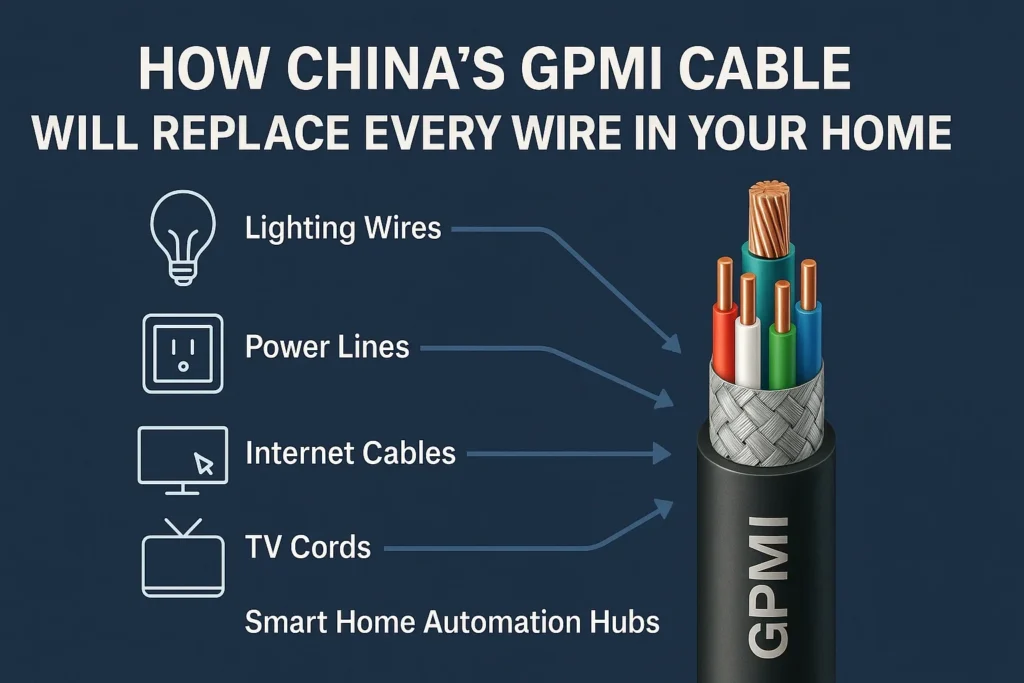In a world driven by smart living, China’s revolutionary GPMI cable technology is redefining the future of home wiring. This single, multi-functional cable combines power, data, and control signals into one streamlined system, eliminating the need for multiple wires running through your walls. With data transfer speeds up to 1 Gbps, power capacity reaching 2500W, and compatibility across all major smart home platforms, GPMI is not just a cable; it’s a complete infrastructure shift.
Whether you’re building a new home or upgrading your current one, GPMI offers a faster, safer, and smarter solution that’s setting the global benchmark for modern connectivity.
What is GPMI Cable Technology ?
GPMI stands for General Power and Media Interface, a new multi-functional wiring system developed in China. It combines power supply, data transmission, and signal control all in one ultra-thin cable. Instead of installing separate lines for electricity, Ethernet, coaxial TV, audio, and smart sensors, one single GPMI cable does the job.
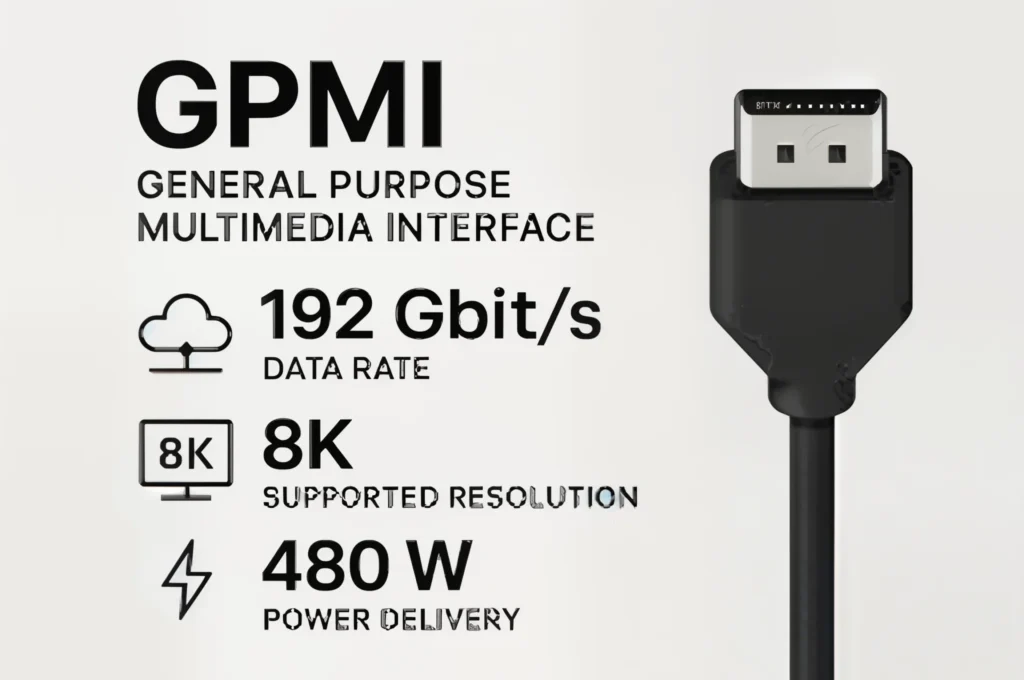
Why Is China Leading This Innovation?
China is the global leader in smart home innovation, with over 260 million smart homes as of 2024. Projections for 2025 estimate the market size at over USD 36–37 billion, with multiple sources predicting the market will surpass USD 48 billion by 2027. The rapid urbanization, 5G adoption, and demand for space-efficient, automated living have made GPMI a natural progression.
According to a recent study by the Chinese Ministry of Industry and Information Technology, GPMI adoption has reduced installation time by 40% and material cost by 35% in pilot housing projects.
How Does GPMI Work ?
Each GPMI cable contains:
- Power Lines: Supplies electricity up to 220V
- Data Channels: Transmit high-speed internet and device signals
- Control Signals: Carry instructions for smart appliances and automation systems
It connects to a GPMI switch panel, which can be managed via smartphone, voice assistant, or even gestures.
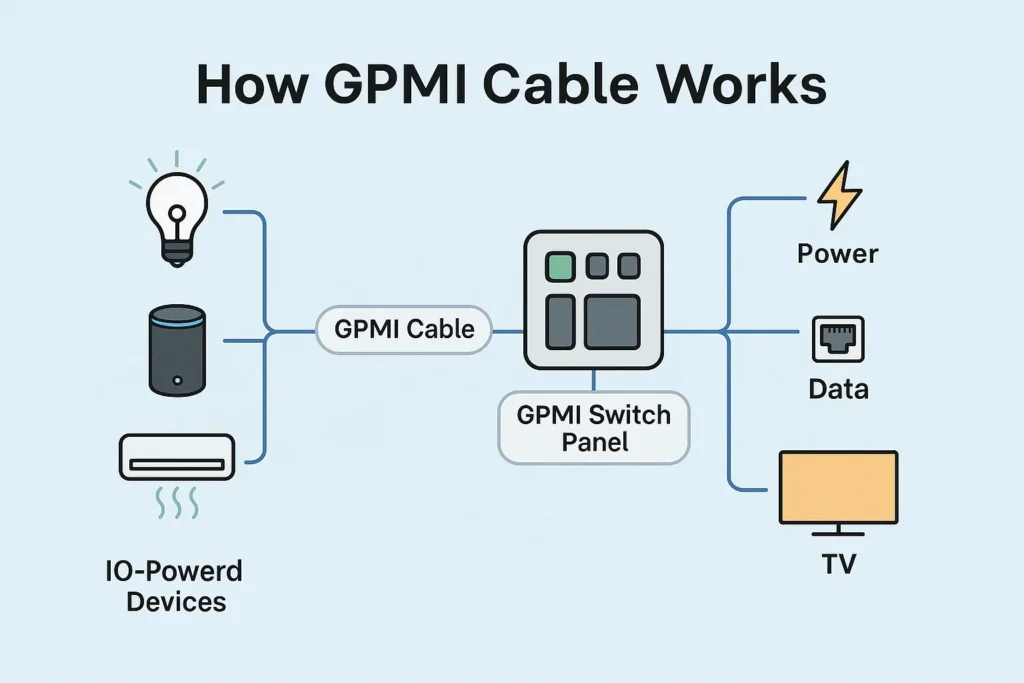
GPMI Benefits Over Traditional Wiring
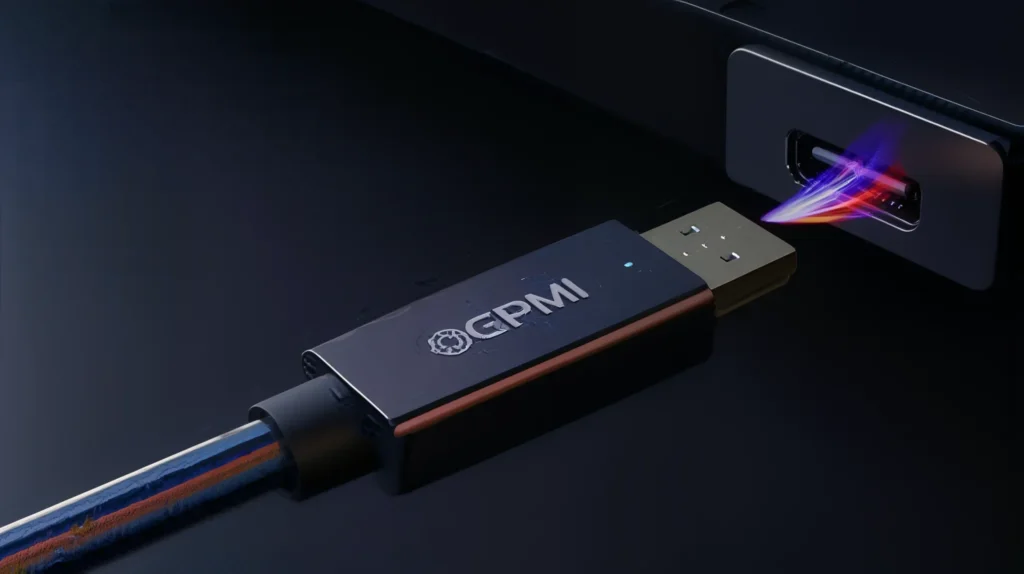
Let’s break down why GPMI vs traditional wiring isn’t even a fair fight.
| Feature | Traditional Wiring | GPMI Cable |
|---|---|---|
| Installation Time | 2–3 weeks | 3–5 days |
| Cabling Types Required | 5–6 (power, Ethernet, coaxial, audio, etc.) | 1 |
| Maintenance | Complex and scattered | Centralized and simple |
| Smart Home Integration | Needs third-party hubs | Built-in and seamless |
| Cost (Avg. per home) | $2,000+ | $1,300–1,500 |
GPMI and Smart Home Connectivity
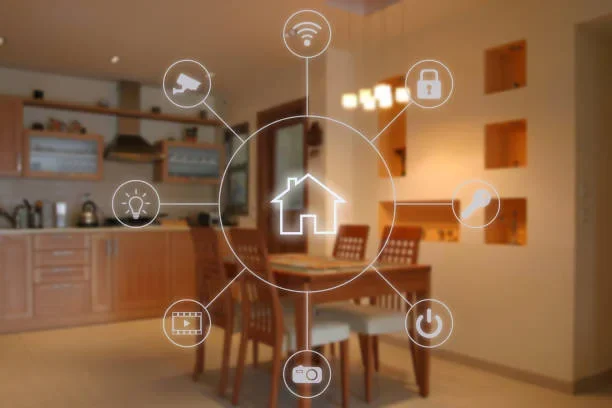
The best part? GPMI is platform-agnostic. Whether you use Alexa, Google Home, Xiaomi, or Apple HomeKit, the GPMI wiring system integrates smoothly. It allows for:
- Device-to-device communication
- Central control of all smart devices
- Over-the-air firmware updates
- Remote diagnostics and support
This gives your home a central nervous system, unlike the fragmented setup of conventional wiring + WiFi + Bluetooth.
Challenges and Critisim
Every innovation comes with hurdles:
- Retrofitting old homes with GPMI is more complex than new installations.
- Training electricians on this new system takes time.
- Limited availability outside China (for now).
However, as adoption increases and global interest rises, these barriers are expected to fall—especially with global smart home brands beginning to test GPMI for international rollouts.
Future Potential: A World Without Wires ?
Experts believe GPMI cable technology could be the foundation of the next-gen IoT ecosystem. Here’s what the future may hold:
- Wi-Fi-less homes: No WiFi or Bluetooth needed, everything’s wired smartly.
- Energy analytics dashboards showing consumption by room or device.
- AI-powered environments that adjust light, air, and devices based on user behavior.
China is already working on GPMI 2.0, which promises:
- Higher bandwidth (up to 100Gbps)
- AI chip embedding within switch panels
- Integration with solar and EV charging systems
Final Thoughts: The One Cable Future
The GPMI wiring system from China isn’t just a tech novelty, it’s a sign of the future. It’s minimal, powerful, secure, and smart. And most importantly, it’s already here.
While it might take a few years for countries outside Asia to catch up, GPMI home automation is undoubtedly going to disrupt global standards for home construction, smart connectivity, and sustainability.
So the next time you’re planning a home build or renovation, ask yourself: Why have ten wires… when one can do it all?






